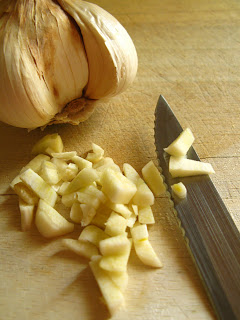“Playing with knives” and “playing with fire” sound dangerous, not surprisingly. If children are allowed to treat these things as toys they probably will get hurt. I wouldn’t let my daughter “play” with fire or “play” with a knife, but I certainly let her use them. After all, in the “olden days” children routinely used knives, and had lit candles in their bedrooms, and chopped kindling with hatchets and built fires in cook stoves and did all kinds of “dangerous” things. If we think of these things as tools rather than toys, we see them as part of a suite of skills to teach our kids, something around which we can build a courage challenge. Using these tools is not beyond the intellectual skill level or physical abilities of a child, like, for example, driving an 18-wheeler or playing a pipe organ is. If they were, then children in the “olden days” wouldn’t have been expected to do them.
 I keep putting quote marks around “olden days” because of course children in the developing world still routinely do these jobs and use these tools. It is only in our “developed” culture that children are modernized out of these useful and meaningful skills. My daughter spent her first eight years in Ethiopia; on her arm is a scar from when she fell into a cooking fire. I’m by no means suggesting that all kids should learn the painful way how to be careful around a fire; but I would like to point out that the world is full of things that are potentially dangerous, and as parents we are responsible for giving our kids all the information they need to be safe, including knowing how to harness that danger for their use.
I keep putting quote marks around “olden days” because of course children in the developing world still routinely do these jobs and use these tools. It is only in our “developed” culture that children are modernized out of these useful and meaningful skills. My daughter spent her first eight years in Ethiopia; on her arm is a scar from when she fell into a cooking fire. I’m by no means suggesting that all kids should learn the painful way how to be careful around a fire; but I would like to point out that the world is full of things that are potentially dangerous, and as parents we are responsible for giving our kids all the information they need to be safe, including knowing how to harness that danger for their use.I think the old adage bears repeating: experience is the best teacher. Yet experience shouldn’t be the only teacher. Giving a child a knife and box of matches and a cheerful “go have fun, dear,” doesn’t sound like a very good plan. Children will experiment, however. If they don’t get any guidance from a parent (or a substitute, like a scout leader, for example) they will teach themselves on their own, and not always with happy results.
This doesn’t require becoming a homesteader or going camping in the deep woods. Every kitchen has knives, and helping cut food for a family meal offers a child a chance to contribute in a meaningful way. If there’s no fireplace or wood stove or outdoor fire pit, parents can find an opportunity to build a fire together somewhere safe. They can use real candles at home and let their child light them and then blow them out at the end of the meal. They can go to a bonfire. They can make building a fire in an appropriate place a courage challenge for their kids, standing aside and watching, and resisting the urge to take over.
It’s the parents who need courage for this, not the children. The kids want to learn how to use these tools. We must trust ourselves to teach them, and our kids to use them well.

